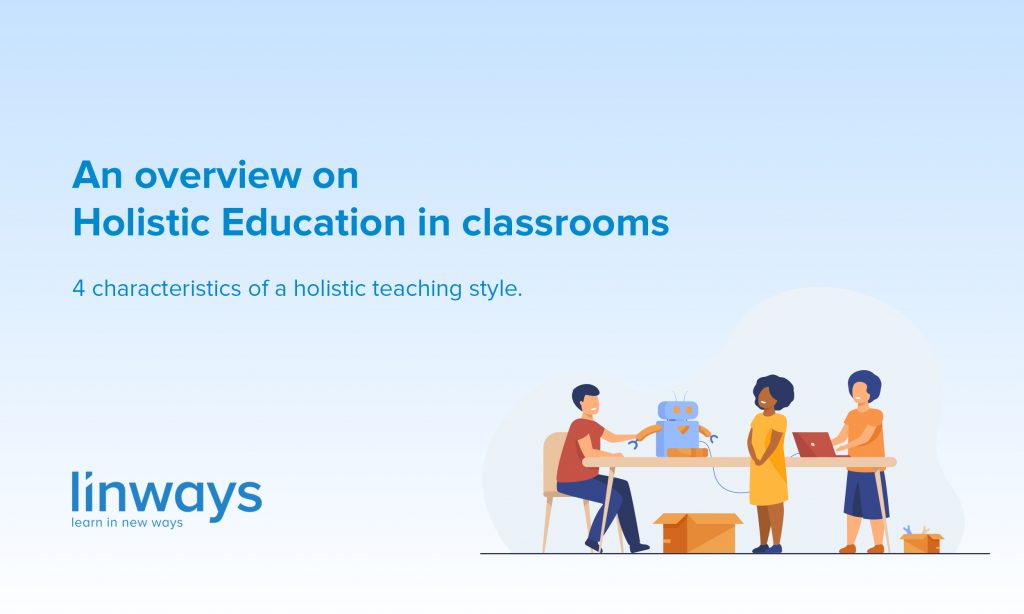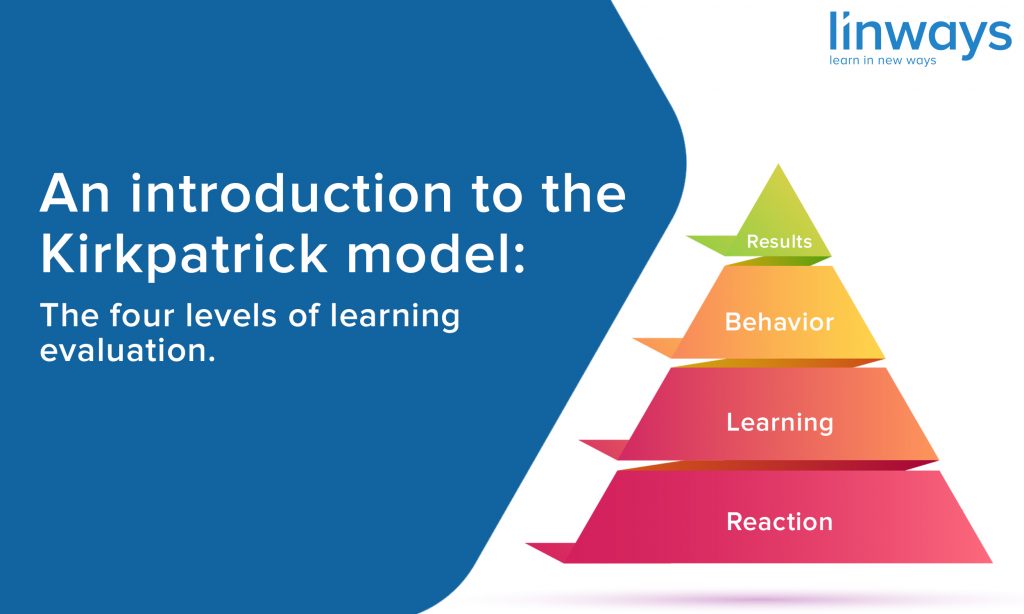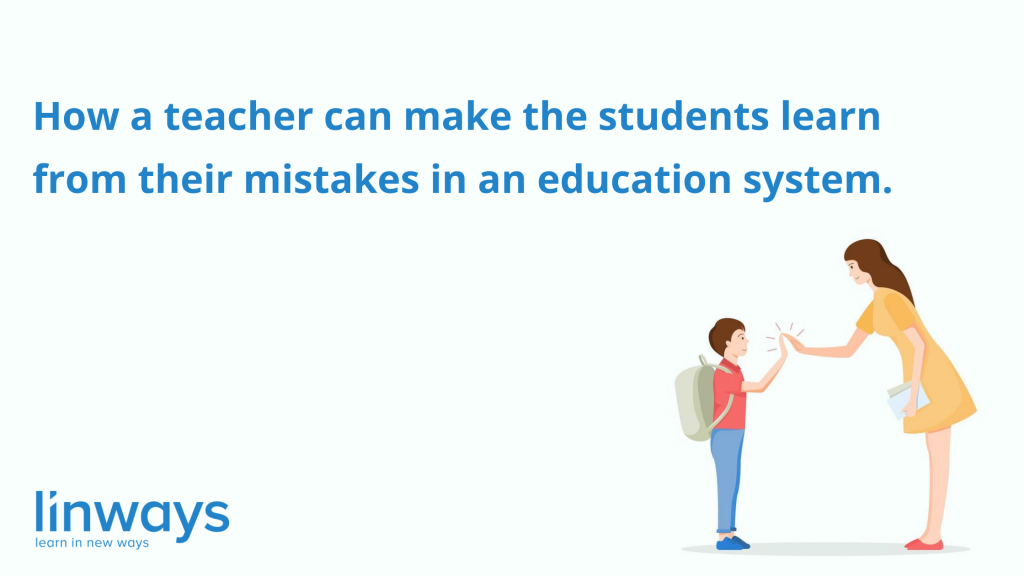4 characteristics of a holistic teaching style.

One key goal of the new National Education Policy (NEP) is to develop a holistic learning style in our educational institution that’d prepare our students to build a better future. Among many restructuring and updates, the NEP hold this holistic approach at the core. So let’s explore this concept and find what makes up for a holistic education in classrooms.
Note: We have discussed about the NEP and its key highlights in our previous blogs, which you can read here
What is Holistic Education?
In simple terms, Holistic Education is a methodology that focuses on preparing students to meet any challenges they may face in life and in their academic careers. The most important theories behind holistic education are learning about oneself, developing healthy relationships and positive social behaviors, social and emotional development, resilience, and the ability to view beauty, experience transcendence, and truth.
So you could say a Holistic approach focuses on the complete development of the learner instead of knowledge transfer.
Teachers working in this alternative education system focus their teacher resources and lesson plans on learning more than just academics in their classroom, leaving the positive impact on children altering their behavior and outlook on life for the best. Study skills should be demonstrating respect and the ability to work within a given structure instead of trying to fight it and being opposed. Teachers support conflict and fear as much as friendship and happiness as a basic and natural part of life which children need to master.
Holistic education supports the concept of student-centered learning where every student learns at their own pace. Instead of maintaining that all children work at the same level and speed, holistic education takes the creative outlook on education and academics and provides children with a pace attributed to their individual needs to avoid boredom, a loss of interest, or frustration.
Holistic Education in classrooms
Since the holistic approach is a concept, there’s no one right way to ensure it in any particular classroom of institution. It’s all about the teaching and learning experience.
- A holistic education classroom is dynamic.
The learning space is laid out so that the focus is not on the teacher but on the subject matter, which is brought to life through experiments, discussions, and student-centered tasks. Flip Class-based group quiz, flipped learning, OBE, etc. are some teaching techniques you could use to ensure engagement in classrooms. Students’ learning process actively modulates how the class time is spent. This way, students are more invested in their own learning. - Holistic education uses higher-order thinking tasks.
Higher-order thinking is complex, and can have multiple solutions. Open-ended questions are a great way to encourage this. It also improves peer-to-peer learning and self-regulation. - Holistic education style is used to inspire students.
A Holistic education environment provide opportunities for a student to expand a topic with some self-directed questions. It is about finding out the information rather than memorizing from textbooks. A typical classroom implementation might look like conducting an experiment or an activity related to what is being taught, and then holding a discussion for students to try to understand what is going on. - Holistic education helps people participate and build identities as scholars.
Holistic education employs group work, and can provide students with collaborative skills that wouldn’t be gained in other learning environments. Students feel connected and able to use their unique skills and voices together to create something or solve a problem. Providing students with discussion time, time to reflect and ask questions, puts the ball in their court and they kindle the flame of curiosity required to be intellectual leaders for life.
Each of these components is recognized as a “best practice,” when it comes to implementing a holistic approach to your classrooms. While we are reimagining the future of education with better teaching practices and wholesome outcomes, a holistic approach is definitely a key feature in future classrooms. One other key component of holistic approach is technology. Learning management platforms like Linways would add to the teaching quality with better workflows and enhance the teaching-learning experience. It also supports a holistic education through better teaching assistance and reducing the teachers’ workload.
Join our newsletter to receive more updates on new teaching techniques, learning theories, regulations, and edtech.
Also published on Medium.




